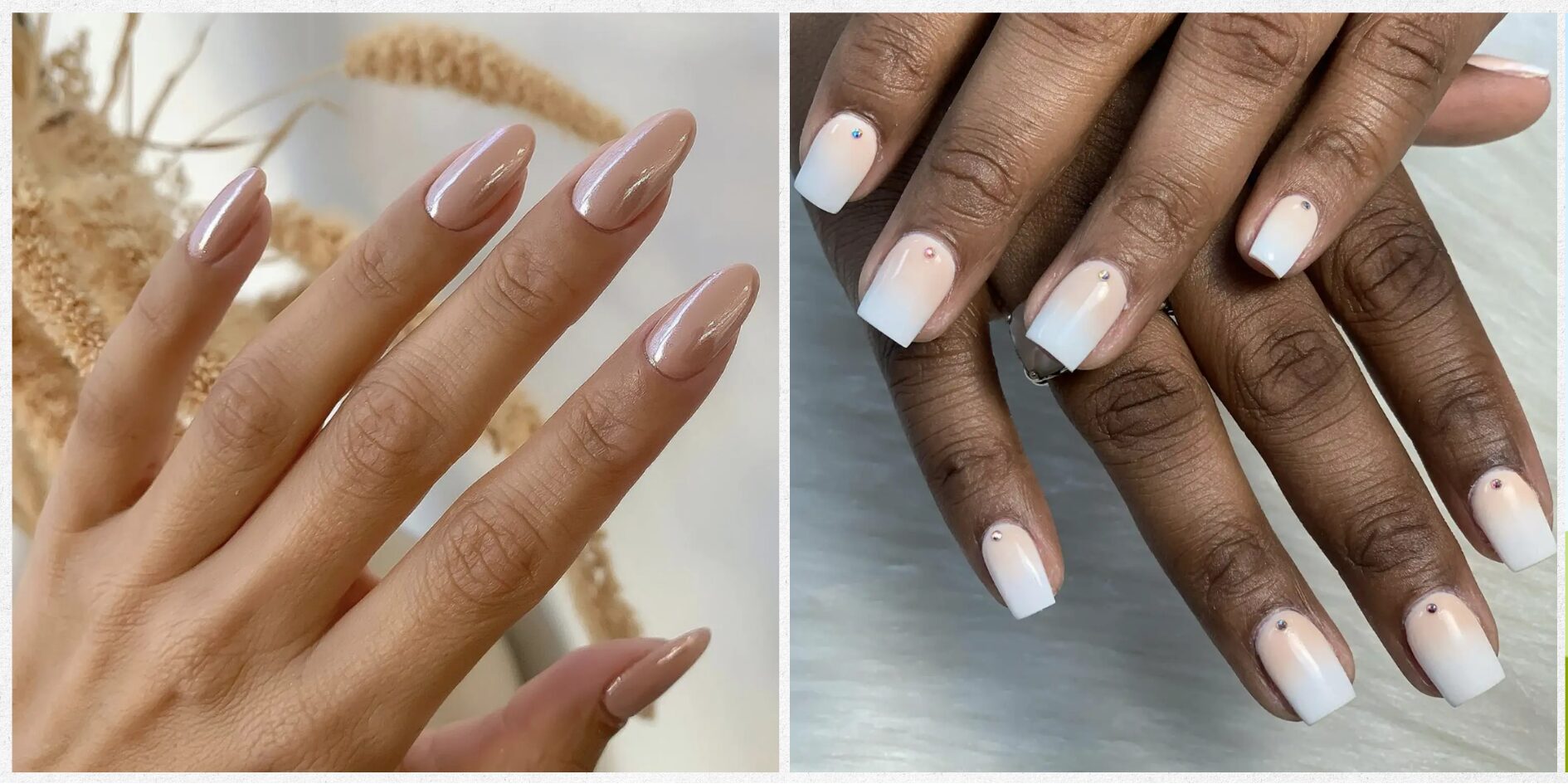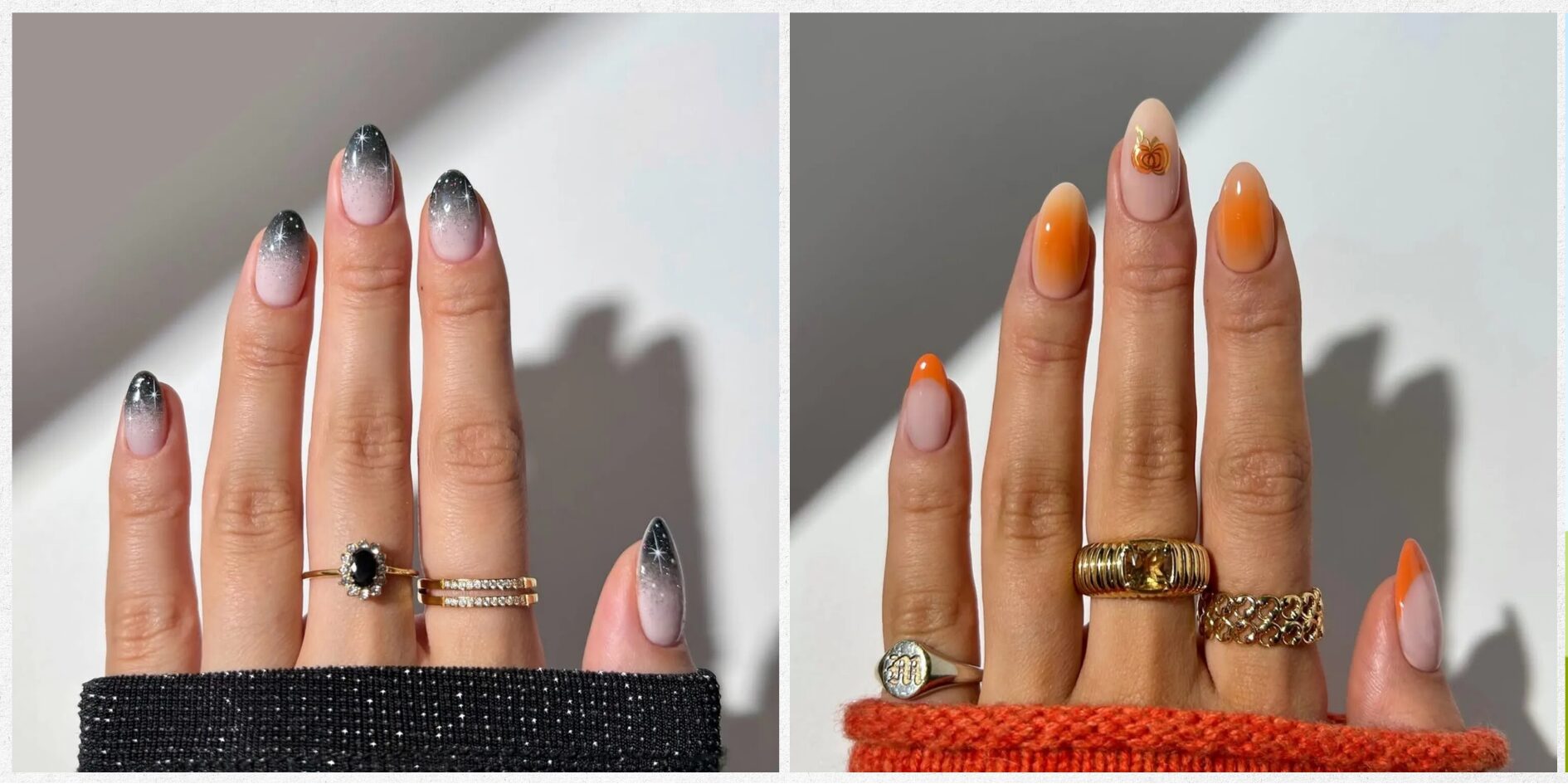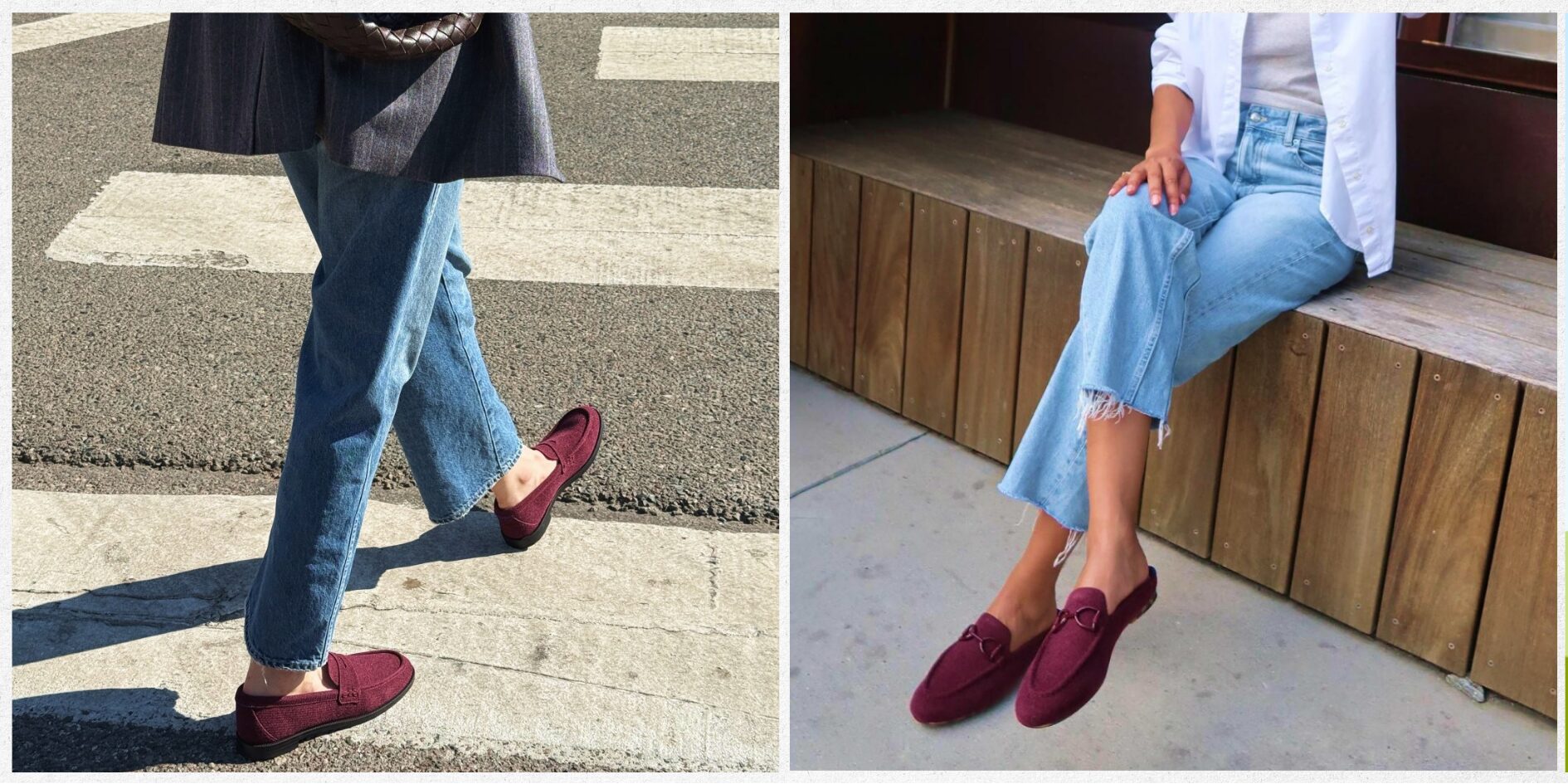Dip Powder Nails Explained: Benefits, Cost, and Expert Tips for 2025
Table of Contents
When it comes to long-lasting manicures, few trends have captured attention quite like dip powder nails. While gel polish and acrylic extensions have enjoyed years of fame, this hybrid system—also known as SNS—is stealing the spotlight. Loved for its durable, vibrant, and long-lasting finish, dip powder nails combine the best of both worlds: the strength of acrylic with the natural look of gel.
Whether you’re someone who enjoys doing your nails at home or loves professional treatments, dip powder manicures are designed to make your nails look flawless for weeks. Ahead, discover everything you need to know about this trend—from how it works to the benefits, drawbacks, and expert tips for keeping your nails healthy and beautiful.
What Exactly Are Dip Powder Nails?
So, what makes this manicure special? Dip powder nails are a hybrid between gel and acrylic systems. Instead of painting polish onto the nail, the process involves dipping each nail into a pigmented powder and sealing it with a clear sealant or topcoat. The result is a strong, long-lasting manicure that doesn’t easily chip or peel.
According to nail professionals, this isn’t a new technique—it actually dates back to the 1980s. The formula combines a gentle glue and acrylic powder, creating an effective system that strengthens your nails while offering a smooth finish. The trendy look you see today is simply a modern evolution of an old favorite.
How the Dip Powder Process Works
The process of applying dip nails is both simple and precise. It starts with prepping your nail plate—this means cleaning, pushing back cuticles, and gently buffing the surface to remove oils and dirt. Once prepped, a bond or bonder is brushed on to help the product adhere better and prevent lifting.
Next comes the fun part: you’ll brush on a basecoat and dip each nail into a tray or pot of powder. After each dipping step, the excess is brushed off to avoid a thick or gritty texture. Depending on your desired color intensity or opacity, nails can be re-dipped two or three times. For longer nails, the apex—the natural curve at the center—receives extra product for support.
Once your nails are built up, an activator is applied to harden the surface. After a short wait, nails are filed into shape and topped with a protective topcoat for shine. The finished result is smooth, glossy, and sturdy—without the need for UV lights.
Top Benefits of Dip Powder Nails
If you’ve ever wanted salon-quality nails at home, dip systems are a game changer. Here’s why:
- Durability and Long Wear: Dip nails are highly durable and can last up to a month when applied properly. The chip-free finish stays intact even with daily hand use, making them ideal for those with busy lifestyles.
- No UV Lamps Required: Unlike gel manicures, there’s no UV or LED curing involved. The topcoat dries naturally, reducing your exposure to light-based drying systems.
- Easy At-Home Option: Because the process involves simple brushing, dipping, and sealing, anyone can master it. It’s a true DIY-friendly option for those who want a polished look without frequent salon visits.
- Color Variety and Creativity: From vibrant pinks to neutral tones, brands now offer endless color choices. You can even add 3D designs, shimmer, or nail art for a creative, custom result.
- Healthier Look: The moisturizing, color-safe products designed for dip nails keep your manicure fresh and healthy, giving your hands a neat, glowing appearance.
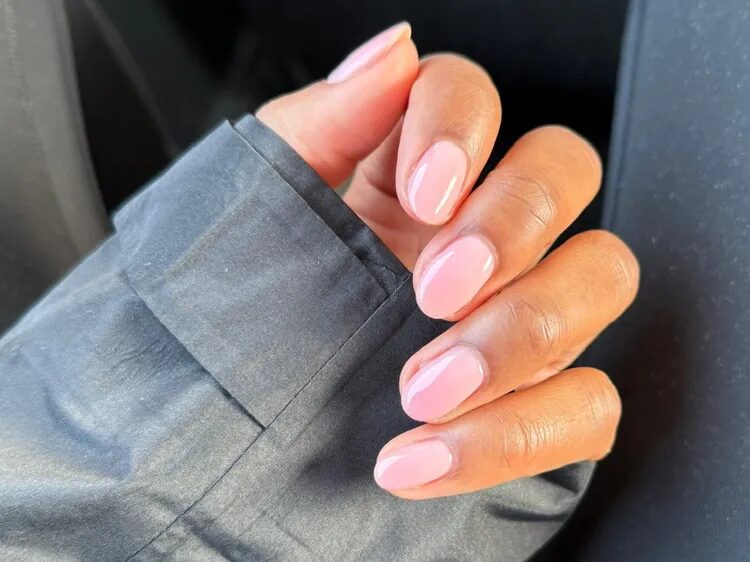
Potential Drawbacks to Keep in Mind
No nail system is perfect, and dip powders have their share of concerns. The most common issue is a bulky or thick finish if too much powder is applied. Always tap off excess before applying your sealant to maintain a natural shape.
Another issue lies in hygiene. Dipping multiple clients into the same powder pot can increase the risk of infection or sanitation problems. The best salons either use brush-on powder or pour a small amount into a single-use container.
For sensitive individuals, there’s a small risk of irritation or allergic reaction to the monomer adhesive. These allergens can trigger an acrylate allergy that causes redness or discomfort around the nail bed.
Finally, during removal, avoid aggressive filing or scraping. Over-filing can lead to damage, especially if the acetone soak-off isn’t long enough. Always allow time for a proper soak to prevent weakening your natural nails.
Dip Powder vs. Gel Nails
Many people wonder whether dip powder is better than gel polish, and the answer depends on your needs. Both last roughly two to three weeks, though dip can sometimes stretch to a full month.
With gel nails, you must use a UV lamp to harden each layer. Dip powder, on the other hand, air-dries after the topcoat is applied—no light required. This makes it a great option for those avoiding UV exposure.
The biggest difference comes in removal. To remove dip nails, use acetone and a gentle soak for around fifteen minutes. Avoid peeling, as that can strip keratin layers from the nail plate. According to experts, filing lightly before soaking helps break the seal, allowing the product to lift off smoothly.
Some professionals say dip nails also resist bending, reducing cracks and breakage that sometimes occur with gel. Ultimately, both systems can look beautiful—it’s about your comfort level and nail health.
Dip Powder vs. Acrylic Nails
For fans of acrylic nails, dip powders offer a gentler alternative. Acrylic sets require more chemicals and stronger bonding agents, whereas dip uses a lighter technique.
When clients come in for a new set, professionals often perform a quick consultation to assess the condition of the natural nails. If they want to maintain length without heavy overlays, dip powder is usually the better option. It’s also ideal for transitioning away from traditional acrylic extensions to a more flexible and natural finish.
Longevity: How Long Do Dip Powder Nails Last?
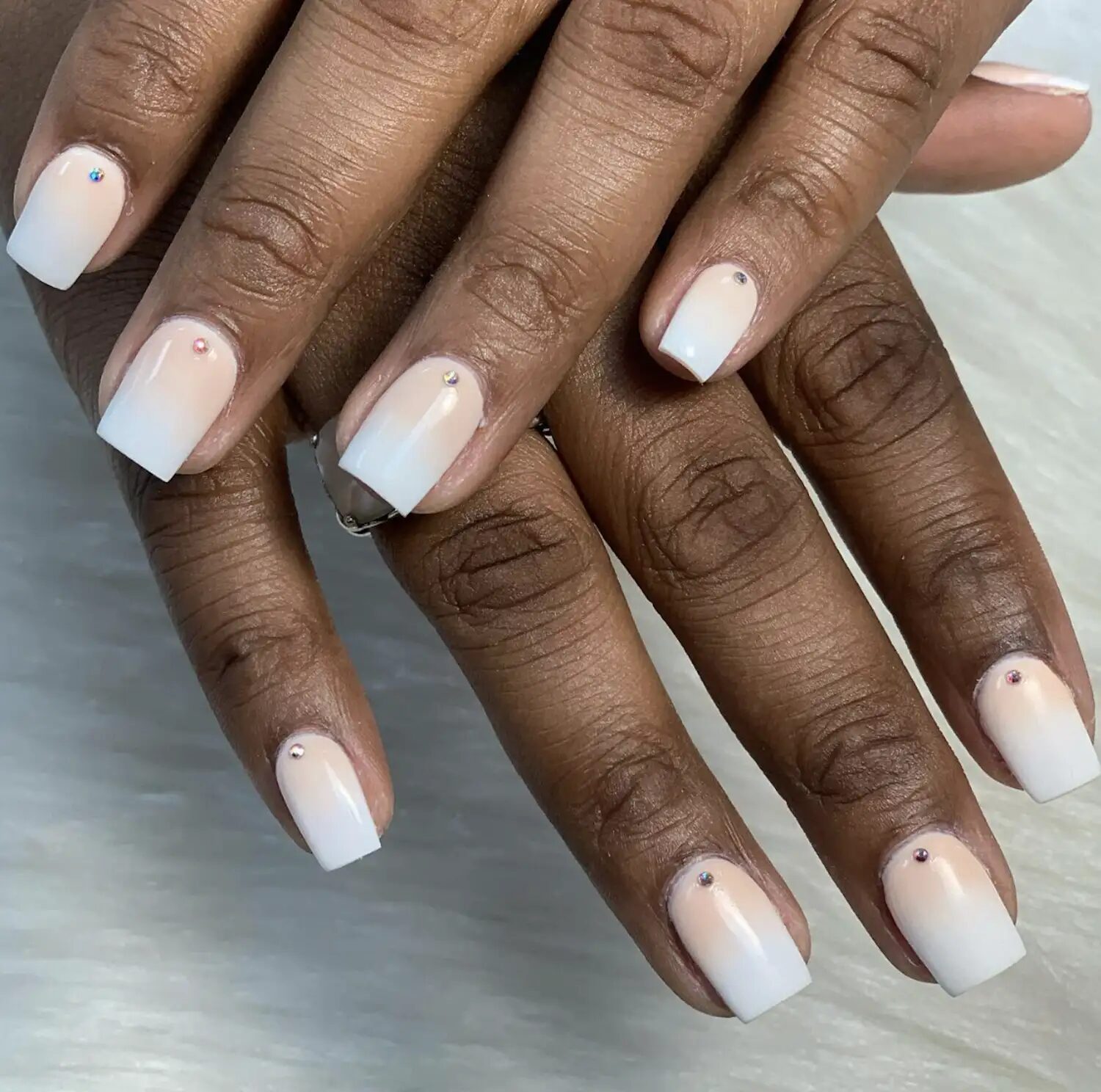
One of the biggest selling points of dip powder is its impressive longevity. On average, a professional application lasts weeks—sometimes even a month—without chips or peeling.
Those who get their nails done in a salon can enjoy lower maintenance costs over time. You’ll spend less on touch-ups and fewer hours redoing your manicure. For DIY users, the benefit is flexibility; you can manage your own budget while achieving professional-looking results at home.
When your nails start to grow at the base, you can gently file or fill in with additional powder. This helps extend wear while keeping your manicure looking polished and long-lasting.
Safe and Proper Removal
Proper removal is crucial to preserving the integrity of your natural nails. Experts recommend filing off about 80–85% of the product using a 180/100 grit file, then soaking your nails in pure acetone for around fifteen minutes.
After soaking, use a wooden stick or buffer to gently remove any remaining powder. If some product doesn’t flake off easily, never peel or pick it—it can cause serious damage. Instead, repeat the soak until the remaining product loosens naturally. The gentle process will leave your nails smooth, clean, and ready for the next manicure.
Is Dip Powder Safe for Your Nails?
Overall, dip powder is considered safe when proper precautions are followed. It’s important to evaluate the health of your nails before applying any product. Avoid dipping if you have a fungus or infection, and never share your powder container with others. Cross-contamination can lead to serious hygiene issues.
The adhesive used in dip systems often contains monomer, a potential allergen that can cause irritation for some. Using separate containers and following clean hygiene practices minimizes the risk. With careful application and awareness, dip nails remain one of the safest ways to achieve a professional look at home.
Expert Takeaway: Are Dip Powder Nails Worth It?
After weighing the pros and cons, experts agree that dip nails are popular for a reason. They’re UV-free, durable, and can last for up to a month with minimal care. The system is easy to remove and works well for various nail lengths and shapes.
However, improper technique can lead to bulkiness, hygiene risks, or irritation—so professional guidance is always recommended for beginners. Despite minor drawbacks, the allergy potential and sanitation issues are manageable when handled properly. All in all, dip nails remain a worthwhile choice for anyone seeking strength, beauty, and modern convenience.
Dip Powder FAQ: Your Most Common Questions Answered
How often should you redo dip nails?
Experts suggest giving your nails time to recover between sets. Constant back-to-back use may cause brittle, peeling, or chipping nails. A one-week break helps your nails regain strength.
Can you use dip powder on short nails?
Absolutely. Dip powder adheres beautifully to short natural nails and can even support growth. However, avoid overexposure to acetone during removal, as frequent soaking can weaken nails.
Can you add extensions?
Yes, you can! Dip systems allow you to build extensions using tips or forms, depending on your desired length. Just ensure the added length is balanced and supported by proper maintenance and healthy nail prep.

